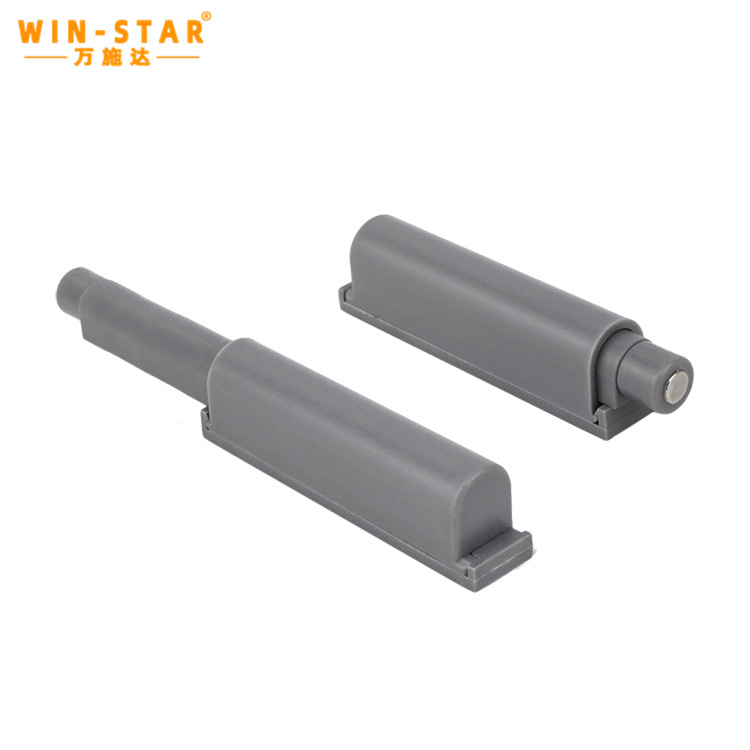



| Product name | modern metal sofa legs |
| Model | ZD-N410 |
| Height Size | 60mm |
| Material | iron |
| Color | black/gold/silver |
How to judge the load-bearing capacity and stability of metal sofa legs
1. Check the material and specification parameters
The density and strength of the material are the basis for determining the load-bearing capacity of metal sofa legs. Generally speaking, stainless steel and wrought iron materials have relatively excellent load-bearing performance. When checking the product description, pay attention to the specific model of the metal, such as 304 stainless steel. Compared with ordinary stainless steel, it has higher strength and corrosion resistance and can bear a greater weight. High-quality wrought iron feet, if made of high-carbon steel, also have a strong load-bearing capacity. In addition, attention should also be paid to the size and specification of the sofa legs. Thicker and thicker metal legs, such as cylindrical stainless steel legs with a larger diameter and thicker pipe walls, or wide and thick square wrought iron legs, often have a stronger load-bearing capacity than slender sofa legs. The diameter, thickness and other data of the sofa legs can be actually measured with tools such as calipers, and compared with the parameters marked by the merchant to ensure that the specifications meet the standards.




2.observe the structural design
Reasonable structural design can effectively enhance the stability of sofa legs. Give priority to choosing the metal sofa legs with an integral structure. Compared with the spliced type, the sofa legs formed as a whole are more evenly stressed and are less likely to break or loosen. In terms of shape, triangular, trapezoidal and other shapes with stable structures can provide better support compared to single slender rod-shaped shapes. For instance, the iron sofa legs with a triangular support structure have three support points to distribute pressure, and their stability is much higher than that of the single-pole design. There are also sofa legs with cross or X-shaped reinforcing beams at the bottom, which can enhance the lateral stability and prevent the sofa from shaking during use.


3. Inspect the production process
The sophistication of the manufacturing process directly affects the load-bearing capacity and stability of the sofa legs. Carefully observe the surface of the metal sofa legs. If there are obvious sand holes, cracks, air holes and other defects, it will reduce its strength and affect its load-bearing capacity. For the sofa legs with welding processes, check whether the weld seams are uniform and full, and whether there are any false or missed welds. A firm weld can ensure that all components are closely connected and enhance the overall stability. For sofa legs fixed with screws, it is necessary to check whether the screw holes are precise and whether the screw material is firm to prevent the sofa legs from falling off due to loose screws. In addition, surface treatment processes are also crucial. For instance, metal sofa legs that have undergone treatments such as galvanization and electrophoresis not only have excellent anti-rust performance but also can enhance surface hardness to a certain extent, improving load-bearing capacity and durability.











































